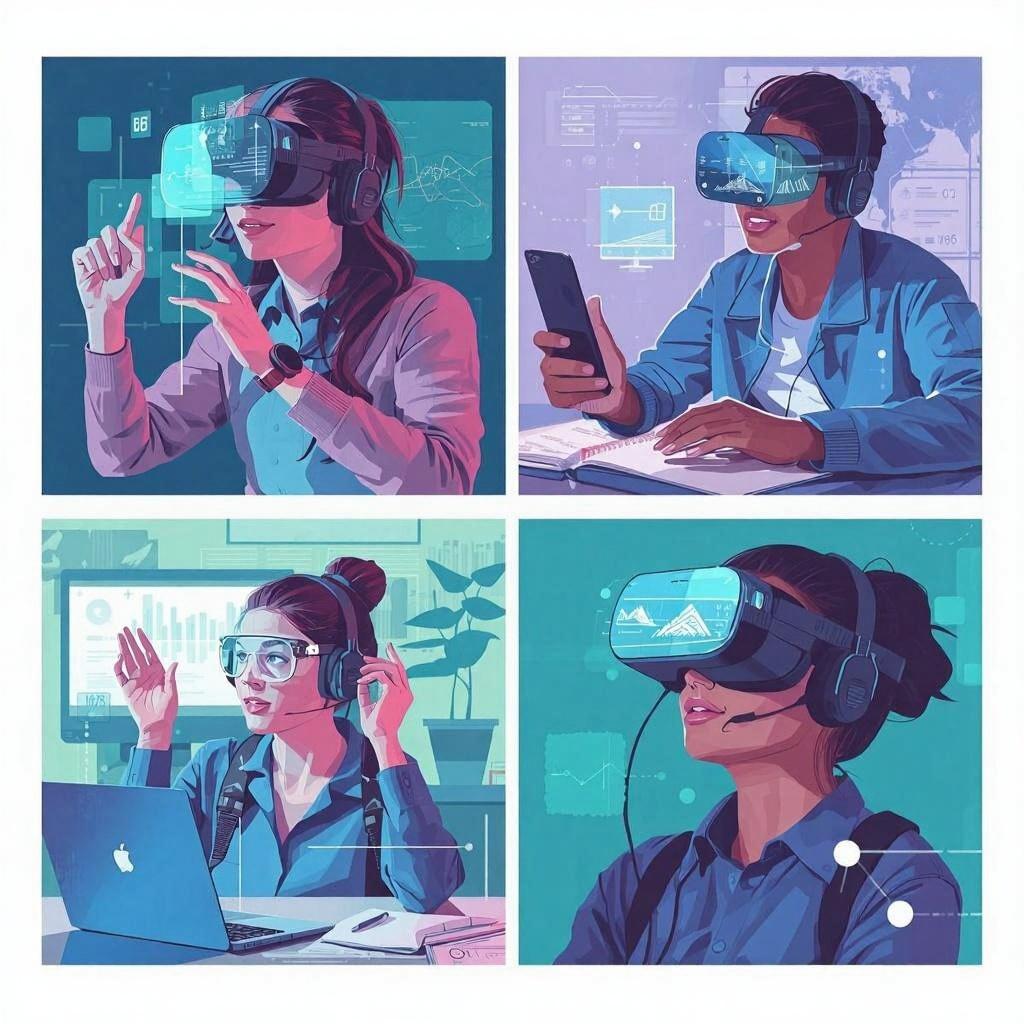The shift to remote education has challenged educators worldwide to reimagine their teaching methods. Success in virtual environments requires more than simply transferring traditional classroom techniques online—it demands a fundamental rethinking of engagement, interaction, and learning delivery. Establishing a professional home studio is the first step toward effective remote teaching. Proper lighting, clear audio, and a clutter-free background create a professional atmosphere that enhances credibility and student focus. Interactive engagement techniques are crucial for maintaining student attention in virtual settings. Polls, breakout rooms, virtual whiteboards, and gamification elements can transform passive viewing into active participation. Time management becomes even more critical in remote settings. Shorter, more focused sessions with regular breaks prove more effective than traditional longer lectures. The attention span in virtual environments is typically shorter than in-person settings. Building community among remote learners requires intentional effort. Discussion forums, virtual office hours, and collaborative projects help create connections that might otherwise be lost in digital formats. Technical preparedness cannot be overlooked. Having backup plans for technology failures, understanding platform limitations, and teaching students to navigate tools ensures smooth learning experiences. Assessment strategies must evolve for remote environments. Open-book exams, project-based assessments, and peer review systems often prove more effective than traditional testing methods. Work-life balance becomes crucial for remote educators who may find the boundaries between home and work increasingly blurred.
Search Articles
Categories
Recent Posts


Mastering AI Prompt Engineering: A Complete Guide
Jun 11, 2025

Building Scalable Web Applications with Modern JavaScript an...
Jun 11, 2025

The Psychology of Effective Learning: Science-Backed Strateg...
Jun 11, 2025

Blockchain Technology in Education: Revolutionizing Credenti...
Jun 11, 2025
Popular Posts

The Psychology of Effective Learning: Science-Backed Strateg...
760 views

The Future of Online Learning: Trends to Watch in 2025
704 views

Machine Learning Fundamentals: Your First Steps into AI
660 views

Blockchain Technology in Education: Revolutionizing Credenti...
624 views

Building Scalable Web Applications with Modern JavaScript an...
605 views
Newsletter
Subscribe to get our latest articles directly in your inbox.



